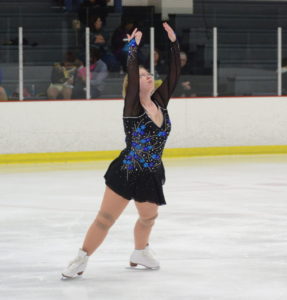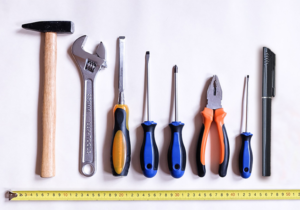Get Writing and Recapture Your Free Time with How to Write a Lot
Do you find your grant-writing intruding on time you’d rather spend with your family? Did revisions to that last journal article ruin your vacation? Then this book might be just the thing you need.
 Author Paul Silvia wanted to call How to Write a Lot “How to Write More Productively During the Normal Work Week With Less Anxiety and Guilt, but no one would buy that book.” As the brevity of the volume indicates, his secret is simple: Create a schedule and stick to it. Of course, simple in theory and simple in practice are different things, so Silva spends the rest of the book on methods to make keeping a writing schedule easier, and includes sections on how to write more clearly, better organize a manuscript, and submit your best work to journals and publishers, all of which will help you become a more productive writer. Although Silva is an Associate Professor of Psychology, his tips and tricks hold true for academics in almost any field.
Author Paul Silvia wanted to call How to Write a Lot “How to Write More Productively During the Normal Work Week With Less Anxiety and Guilt, but no one would buy that book.” As the brevity of the volume indicates, his secret is simple: Create a schedule and stick to it. Of course, simple in theory and simple in practice are different things, so Silva spends the rest of the book on methods to make keeping a writing schedule easier, and includes sections on how to write more clearly, better organize a manuscript, and submit your best work to journals and publishers, all of which will help you become a more productive writer. Although Silva is an Associate Professor of Psychology, his tips and tricks hold true for academics in almost any field.
“If you allot 4 hours a week for writing,” Silva says, “you will be surprised at how much you will write. By surprised, I mean astonished; and by astonished, I mean dumbfounded and incoherent. You’ll find yourself committing unthinkable perversions, like finishing grant proposals early….You’ll be afraid to talk with friends in your department about writing out of the fear that they’ll think, ‘You’re not one of us anymore’—and they’ll be right.” Though four hours is a good starting point, your own schedule and needs will dictate how much time you allot. The key is the regularity rather than sheer number of hours.
Still unconvinced? Silva breaks down several “specious barriers” to keeping a writing schedule in the second chapter. If you need to do more reading, your allotted writing time can be used for anything related to writing, including reviewing page proofs, crunching statistics, or reading articles. Can’t write without a better computer/desk/printer? Check out page 21 for Silva’s Spartan setup, including a plastic chair and a laptop with no internet connection (it keeps distractions to a minimum). Waiting for inspiration? That’s the most specious barrier of all, because as a chart on page 25 shows, in an experiment where some people were asked to write on a schedule and others only when they were inspired, those who write on a schedule wrote three times as much as the “spontaneous” writers, and had twice as many creative ideas. Silva backs up all his recommendations with evidence from behavioral studies and personal experience that is often as witty as it is insightful.
“Writing is a grim business,” Silva writes, but if you follow the advice in this book, you can find ways to release its stranglehold on your free time, leaving you much less grim.
How to Write a Lot, Revised Edition
Paul J. Silvia
Washington, D.C.: APA Life Tools, 2018





0 Comments